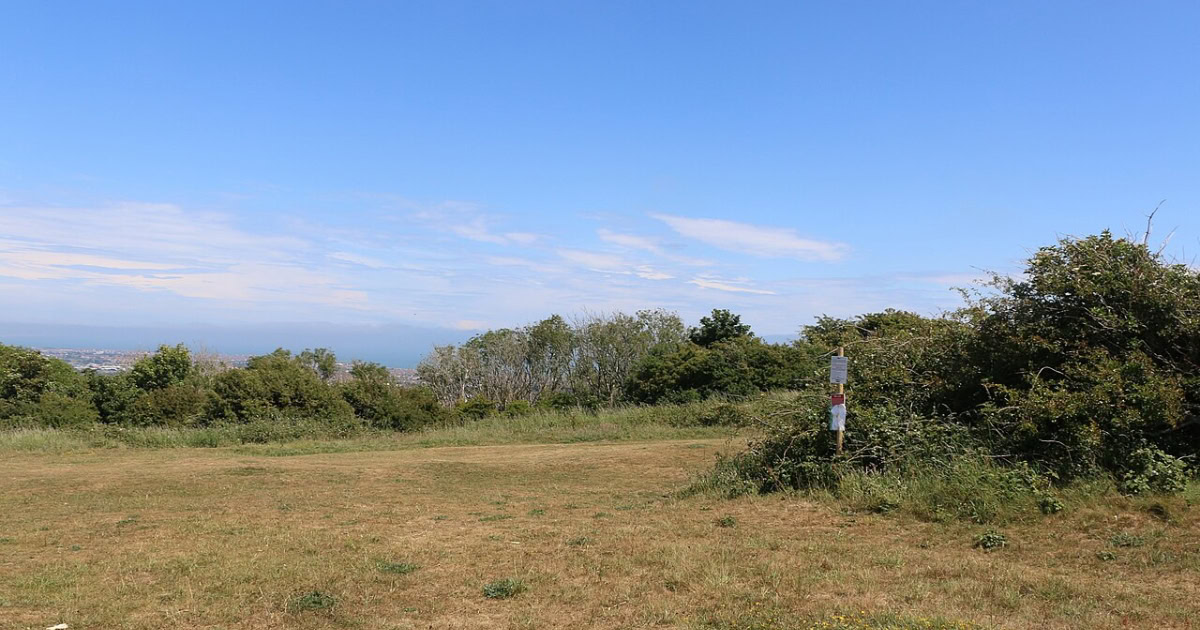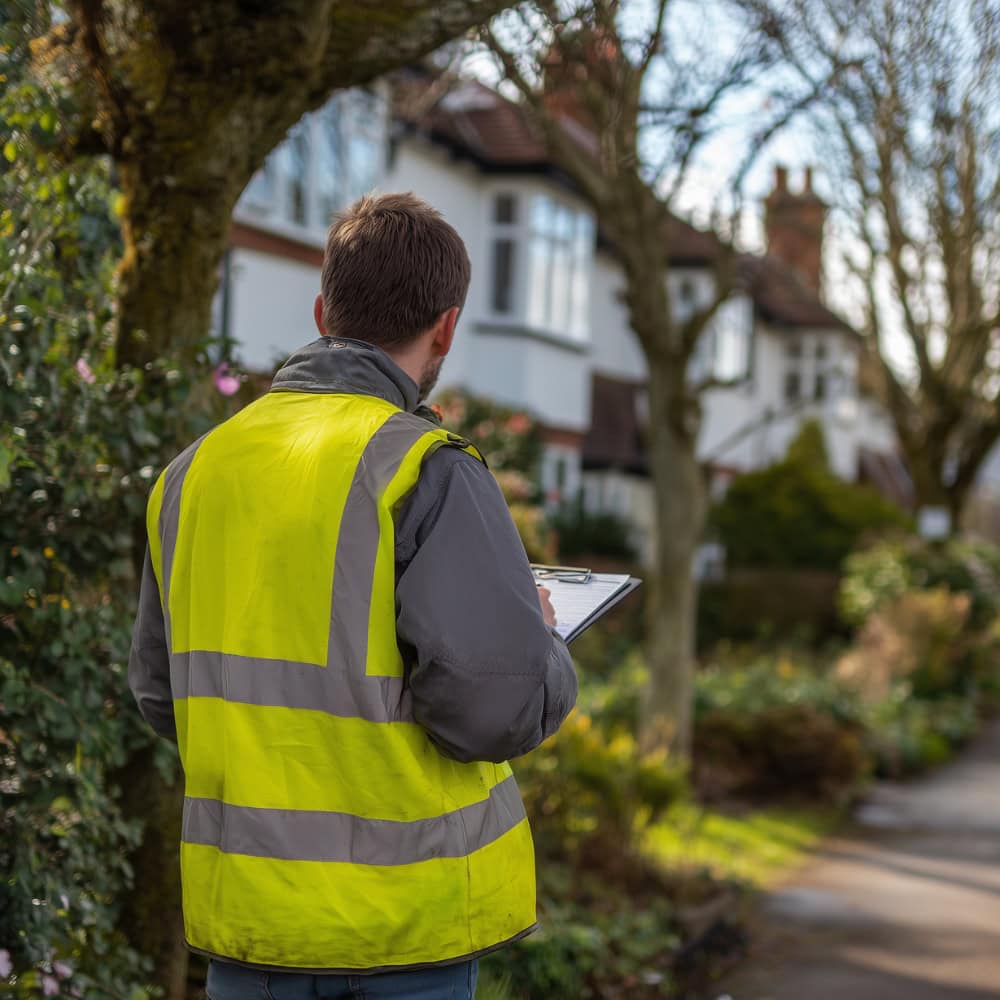How the Ash Dieback Lifecycle Works (And Where Interventions Help)

Introduction
Ash dieback has reshaped woodlands and streetscapes right across the UK. For private tree owners, it brings two urgent questions: “What exactly is happening inside my tree?” and “Where can I intervene to manage risk and retain value?” This article explains the ash dieback life cycle, shows how and when the pathogen spreads, and pinpoints practical steps for responsible owners in the North West and beyond. Forest Research
What is ash dieback?
Ash dieback is caused by the non-native fungus Hymenoscyphus fraxineus. It infects ash leaves, shoots and sometimes the stem base, leading to characteristic crown thinning and structural weakness. The disease is now widespread across Britain; while many trees will ultimately be lost, a small minority show partial tolerance and should be retained where safe to do so. Forest ResearchOxford Academic
Ash dieback life cycle
Understanding the seasonal biology of H. fraxineus helps you time inspections and decide where interventions can make a difference.
- Summer infection (Year 1): Tiny wind-borne sexual spores (ascospores) land on ash leaves during late spring and summer. They germinate on the leaf surface and grow into the leaf and petiole (leaf stalk). Forest Researchbsppjournals.onlinelibrary.wiley.com
- Movement into shoots: In some leaves, the fungus moves from the petiole into young shoots and twigs, causing necrotic lesions and dieback. This is what you see as blackened, wilting leaflets and dying tips in mid- to late summer. BES JournalsForest Research
- Leaf fall and overwintering (Autumn–Winter): Infected leaves drop. The fungus overwinters predominantly in the central leaf stalk (rachis) on the ground. Over winter and the following spring, it develops small cup-like fruit bodies (apothecia) on last year’s rachises. Forest ResearchBES Journals
- Spore release (Summer of Year 2): Those apothecia fire ascospores for several weeks in summer—typically June to September in northern Europe—closing the annual loop by infecting fresh leaves on nearby ash. Forest Pathology
- Basal lesions and secondary issues: Some trees develop lesions at the stem base (“collar” area). These basal lesions are frequently invaded by honey fungus (Armillaria spp.), exacerbating structural decay and increasing likelihood of failure. Forest Research
In most UK situations, the cycle completes annually and can repeat for years while susceptible hosts remain. caps.ceris.purdue.edu
How does ash dieback spread?
Primarily through wind-dispersed ascospores produced on the previous year’s infected leaf stalks lying in the litter. Local spread occurs readily within and between stands; long-distance spread has also occurred, historically aided by the movement of infected nursery stock. Studies record rapid regional expansion (tens of kilometres per year in some landscapes), though most spores still settle relatively close to source under normal conditions. Forest Research Frontiers bsppjournals.onlinelibrary.wiley.com GOV.UK
Secondary asexual spores (conidia) exist but have a limited role in between-tree spread; the sexual spore phase is the engine of the epidemic. bspp.org.uk
How to tell if a tree has ash dieback
Summer is the best time to assess foliage and twig symptoms. Look for:
- Blackening and wilting of leaves and soft shoots (mid- to late summer). Forest Research
- Diamond-shaped, dark lesions where twigs/branches meet stems; inner bark looks brownish-grey beneath. Woodland TrustCornwall Council
- Dieback of shoots and crown thinning, often followed by epicormic shoots lower on the trunk as the tree tries to compensate. Woodland Trust
- On the ground the following summer: tiny white/tan apothecia on last year’s ash rachises (the central leaf stalk). Forest Pathology
Tip: Ash leafing can be late—don’t confuse late flushing with disease. When in doubt, get a professional inspection. Official guidance recommends surveying in mid-June to mid-September when symptoms are clearest. The Tree Council
Does ash dieback affect other trees?
The pathogen’s primary hosts are ash species (Fraxinus)—notably our native common ash (F. excelsior) and narrow-leaved ash (F. angustifolia). However, H. fraxineus has also been detected on a small number of close relatives in the olive family (Oleaceae) in the UK (e.g., mock privets Phillyrea latifolia and P. angustifolia, and fringe tree Chionanthus virginicus) growing near diseased ash. There is no evidence that it infects unrelated broadleaf species such as oak, beech or sycamore. Forest Researchcaps.ceris.purdue.edu
Where interventions help along the life cycle
While you can’t eradicate ash dieback from an area, targeted actions reduce risk and may slow local inoculum pressure:
1) Before infection season (late winter–spring): plan & monitor
- Map your ash trees and set a summer inspection window (mid-June to mid-September). Use repeat photos to track change. The Tree Council
- Arrange a professional risk-based assessment if trees are near highways, footpaths or property. (See our survey services below.)
2) During infection season (summer): minimise spread and disturbance
- Avoid unnecessary cutting of ash in peak sporulation (summer) where practicable; this reduces disturbance when spore loads are highest and helps avoid wildlife conflicts. Clean boots, tools and vehicles between sites. Ash Dieback in Devon
- If work is essential (e.g., to make safe), use competent contractors with traffic/pedestrian management and wildlife checks as needed.
3) After leaf-fall (autumn–winter): disrupt the life cycle locally
- On small sites and gardens, collecting and composting ash leaves/rachises can reduce the number of apothecia the following summer. Forestry guidance notes this can lower re-infection in small or lightly infested sites (it won’t cure the disease and isn’t practical at scale). Cover compost heaps with soil/plant material and leave undisturbed for a year. Forest ResearchRHS
- Retain tolerant or valuable ash where safe. A minority show partial resistance and are important for long-term recovery. Oxford Academic
4) Structural risk management: pruning or felling
- Light, targeted pruning can sometimes maintain amenity value of lightly affected trees in parks and gardens; decisions must be site-specific and safety-led. Where basal lesions and secondary decay are present, risk can escalate quickly. ScienceDirectThe Tree Council
- If removal is required, plan replacement planting to maintain canopy cover and benefits. Local policy across the UK emphasises risk-based, proportionate management rather than blanket felling. GOV.WALES
5) Biosecurity & sourcing
- Don’t plant new ash from unknown sources; the historic long-distance jump across Europe was accelerated by movement of infected planting stock. Parliament UK News
- Clean down kit and tyres after working in infected stands. Ash Dieback in Devon
Safety, legal and timing considerations
- Survey timing: Best symptom clarity is summer; structural inspections can happen year-round if safety is in question. The Tree Council
- Felling licences & protections: In England, felling normally requires a licence unless trees are dead or pose a real and immediate danger. Tree Preservation Orders (TPOs) and Conservation Area rules still apply—consult your local authority or a qualified arboricultural consultant before works. Government guidance was updated in January 2025. GOV.UK
- Work windows: Outside the summer spore period is often preferable for larger programmes, balancing wildlife constraints and access. Site conditions and risk may dictate earlier action. Ash Dieback in Devon
What Tree Surveys North West can do
As an independent consultancy, we help owners assess, prioritise and manage ash safely and proportionately:
- Summer health & safety surveys to confirm presence/extent of ash dieback and grade tree condition.
- Risk-based management plans for highways, estates and private gardens—aligning with current Forestry Commission/Tree Council guidance. GOV.UKThe Tree Council
- Retention strategies for promising, potentially tolerant trees where risk allows, and specifications for pruning or removal where it doesn’t.
- Replanting advice to restore canopy with diverse, site-appropriate species.
If you’re in the North West and need a clear plan for your ash, we can help.
Quick FAQ
When are ash dieback spores released?
Mostly June–September from apothecia on last year’s ash leaf stalks lying in the litter. Forest Pathology
Will collecting leaves help?
On small sites, gathering and composting leaves/rachises over winter can reduce local spore production next summer. It’s not feasible at woodland scale. Forest ResearchRHS
My tree looks fine—should I fell pre-emptively?
Not necessarily. A minority of ash show partial tolerance. Retain where safe, monitor annually, and manage risk sensibly. Oxford Academic
What makes some trees dangerous more quickly?
Basal (“collar”) lesions associated with secondary honey fungus can lead to rapid structural decline and instability—seek professional advice. Forest Research
Takeaway checklist for tree owners
- Schedule a summer inspection (mid-June to mid-September) for any ash you manage. The Tree Council
- If near paths, roads or buildings, commission a risk-based arboricultural survey.
- Plan work windows around spore season and wildlife constraints; avoid unnecessary disturbance in summer. Ash Dieback in Devon
- On small sites, collect/compost ash leaves after fall to cut local inoculum. Forest ResearchRHS
- Check licensing/TPO constraints before felling or pruning. GOV.UK
- Aim to retain safe, promising trees to support future ash resilience. Oxford Academic
References and further reading (selected)
- Forest Research (UK): ash dieback overview; identification, spread and life cycle; ecology and pathology. Forest Research+2Forest Research+2
- Combes et al. (2024) Forestry: current understanding and prospects for ash dieback in Britain. Oxford Academic
- Carroll et al. (2024) Plant Pathology: review of ash dieback across Europe and life-cycle details. bsppjournals.onlinelibrary.wiley.com
- Tree Council: Guide for tree owners and Action Plan Toolkit. The Tree Council+1
- Govt guidance: Managing ash dieback in England (updated 17 Jan 2025). GOV.UK
Forest Research news (2018): non-ash Oleaceae detections near diseased ash. Forest Research
Book in your tree survey today
Get clear, professional advice from qualified tree surveyors you can trust. Whether you need a report for planning, insurance, mortgages or safety, we’ll deliver accurate results fast.


